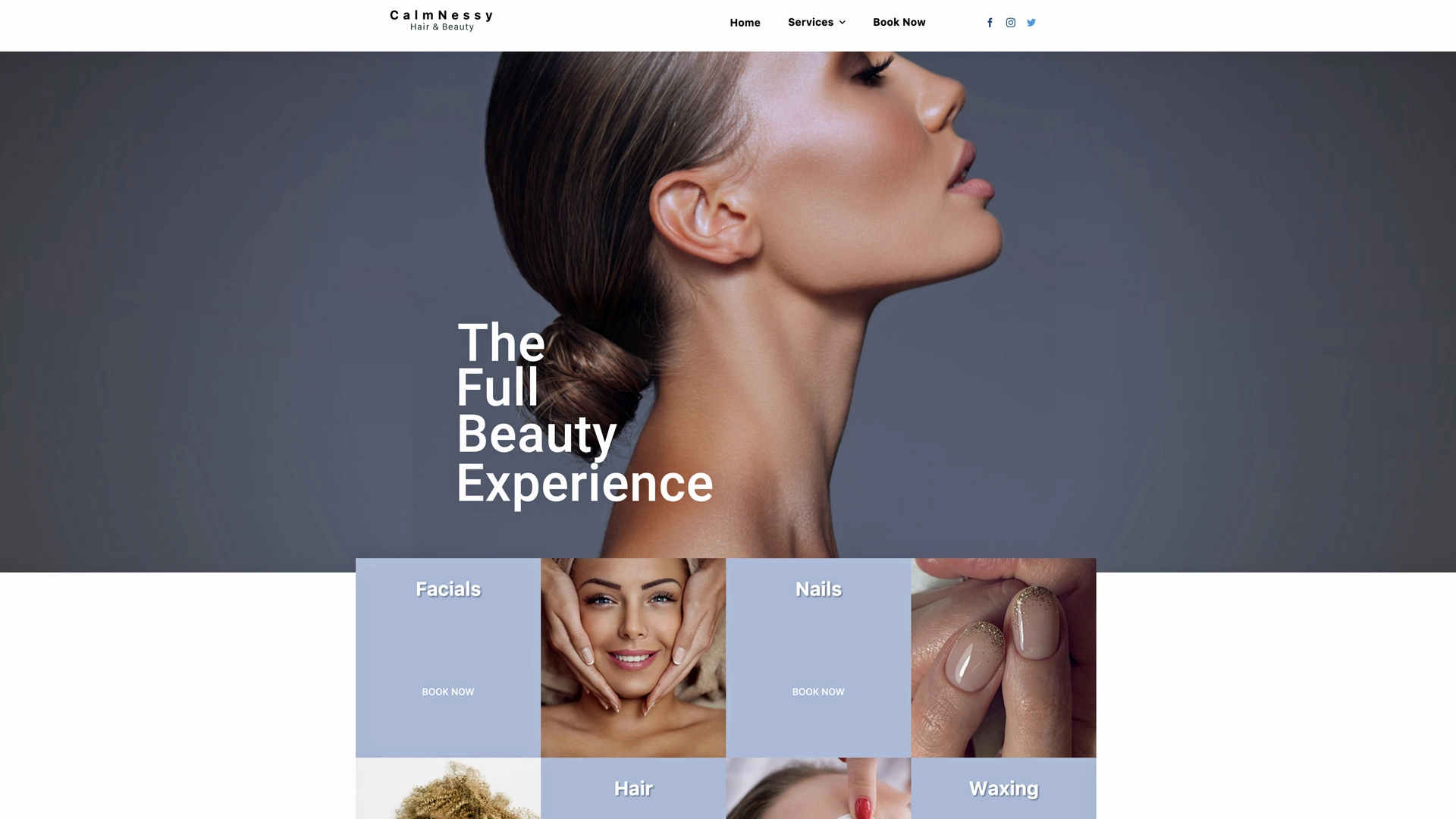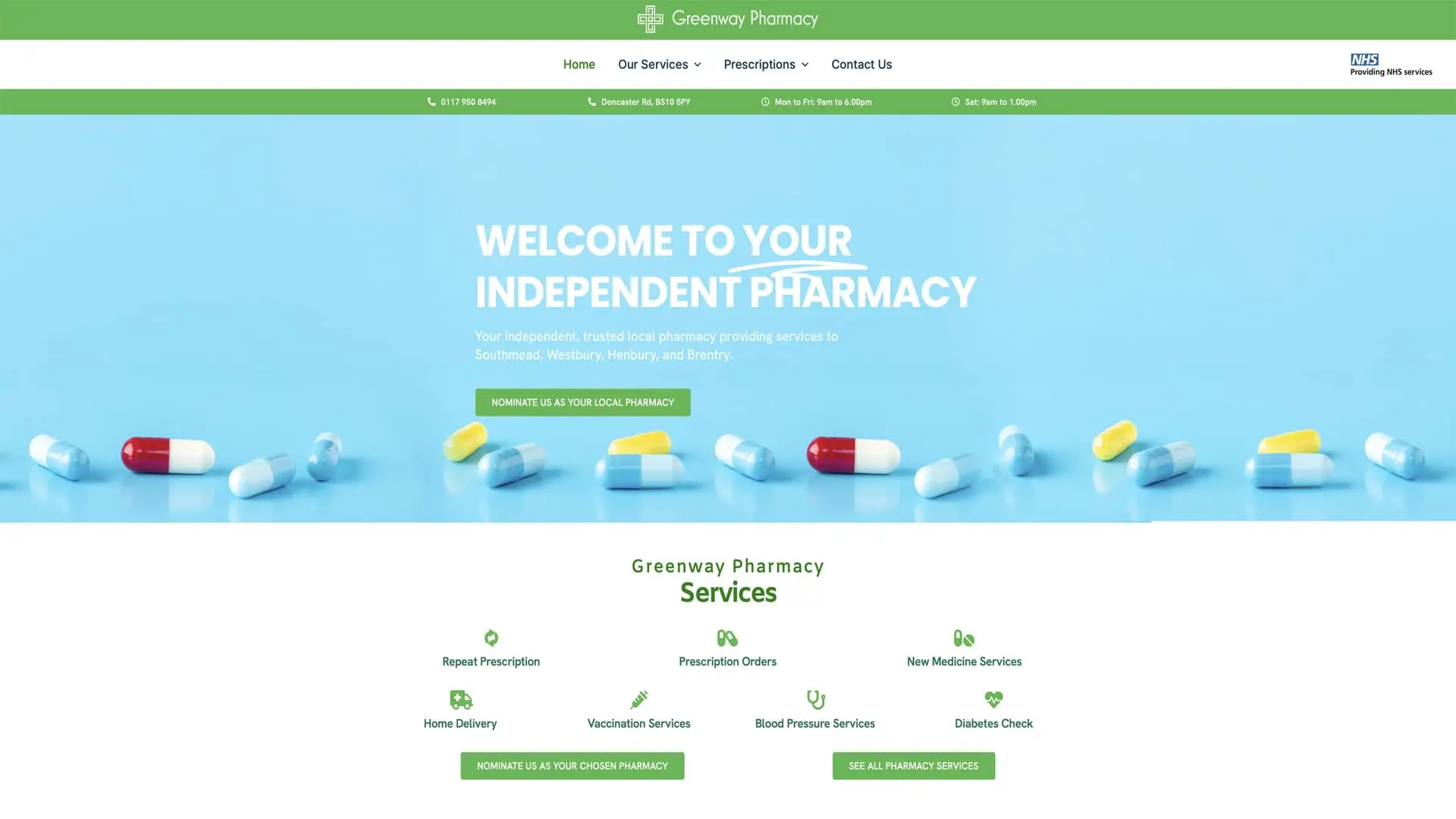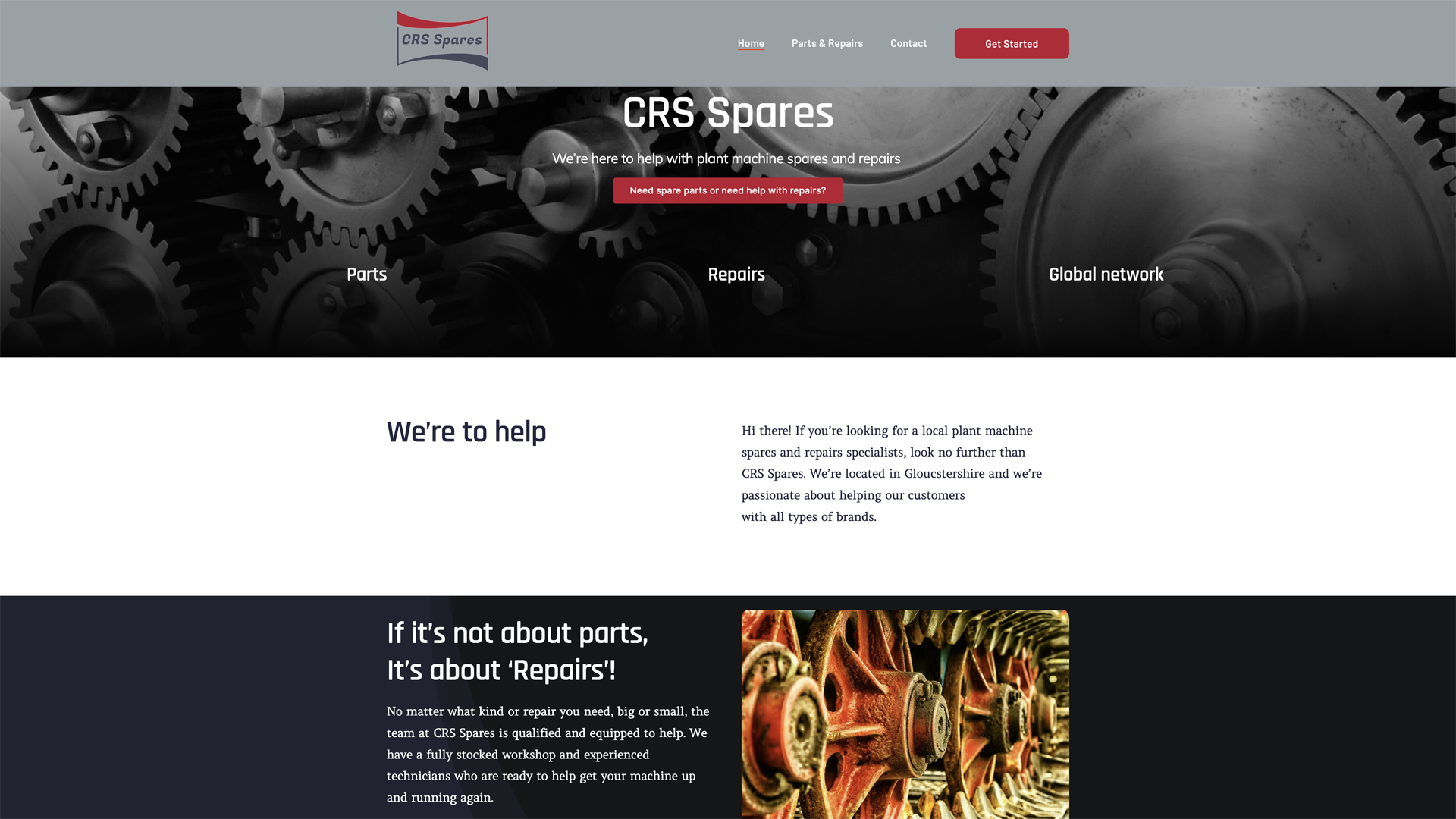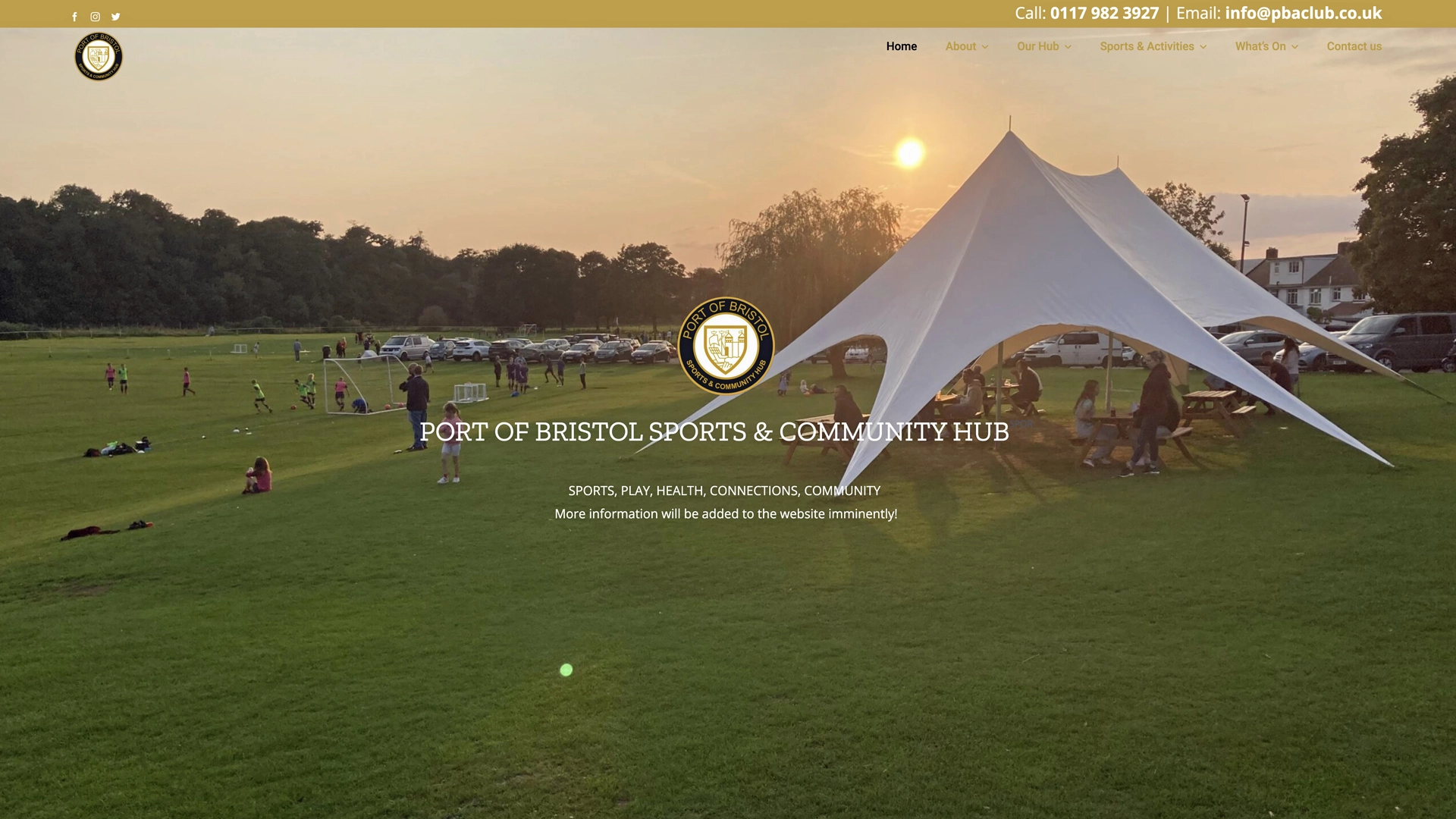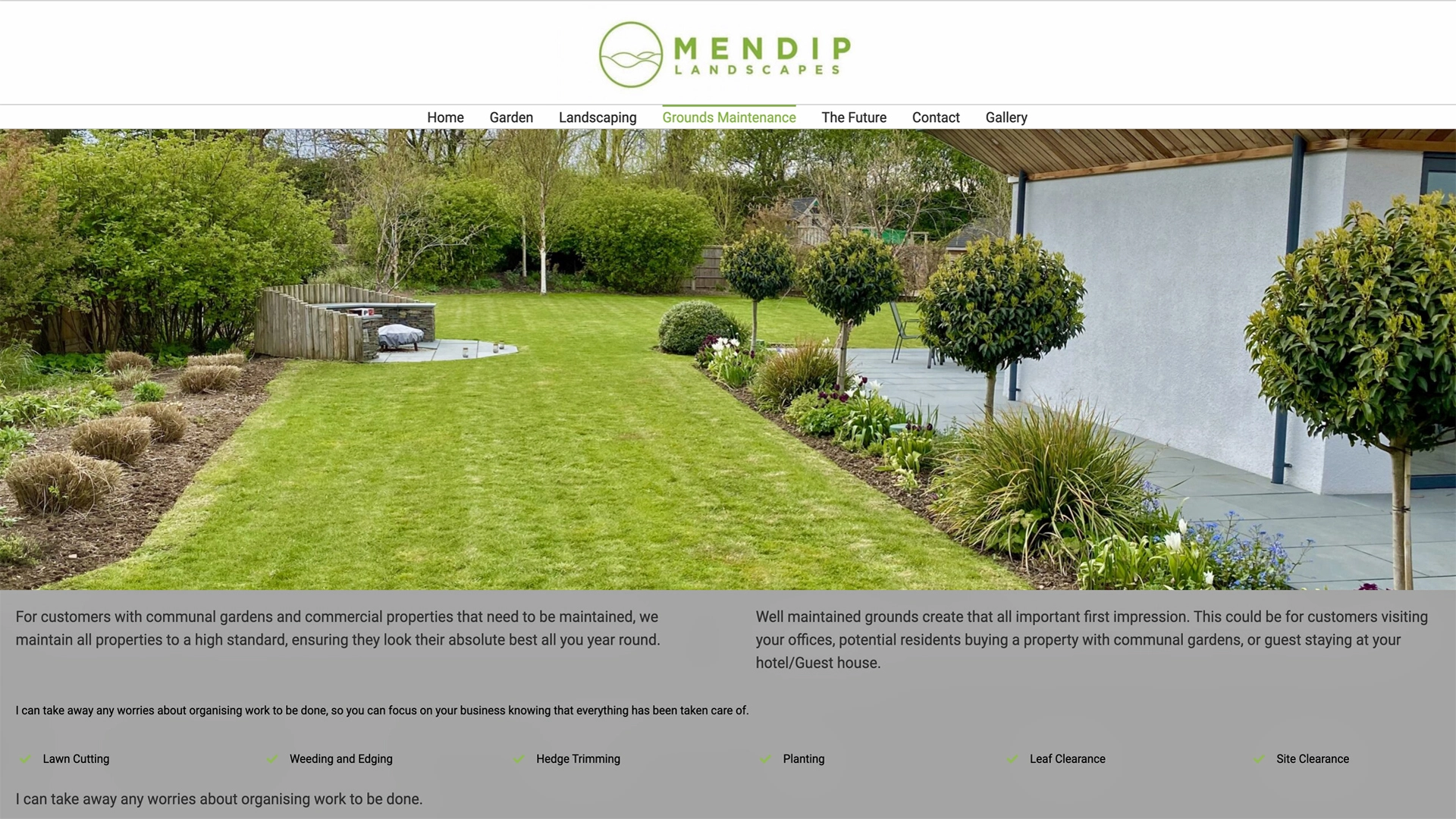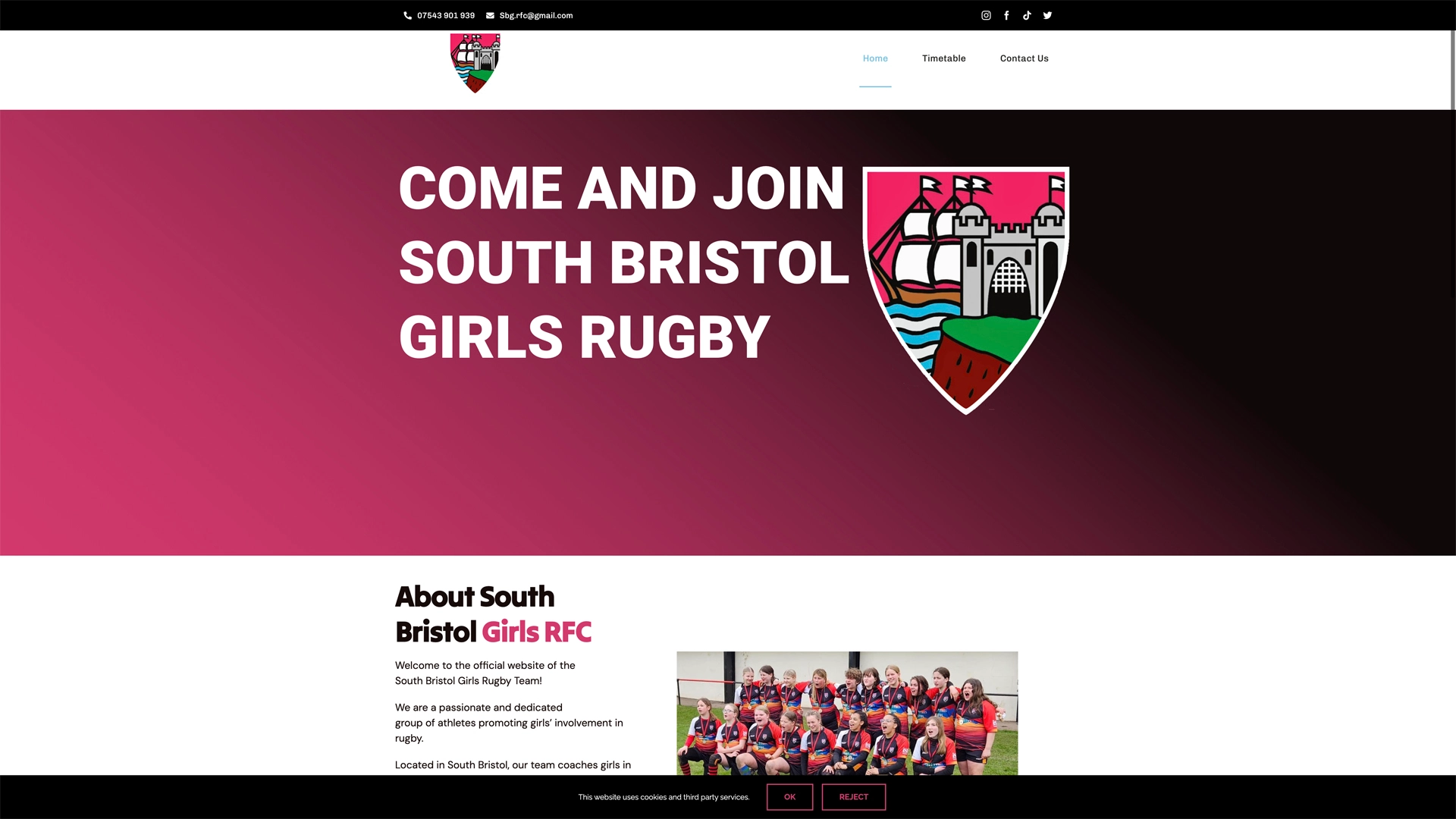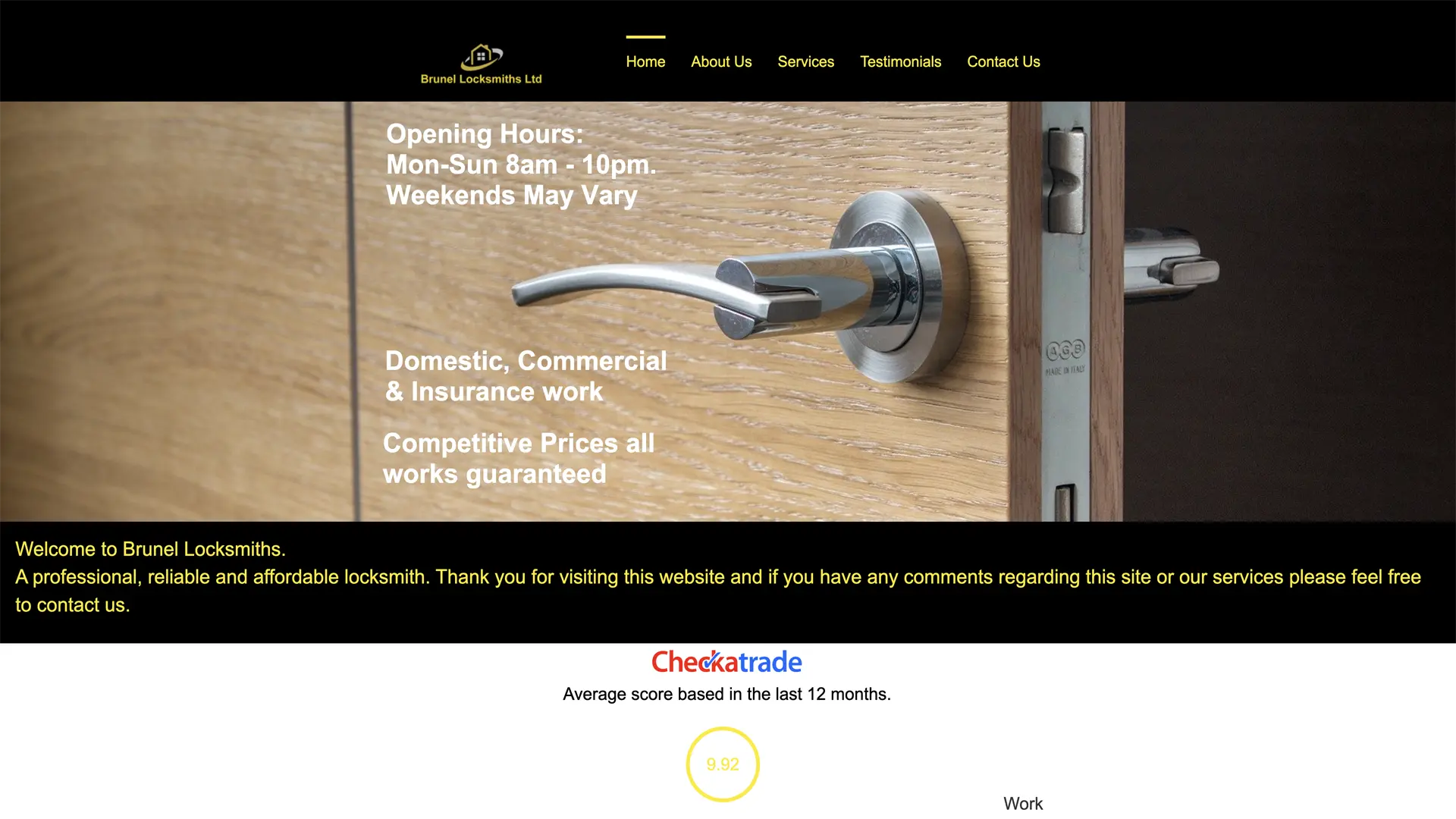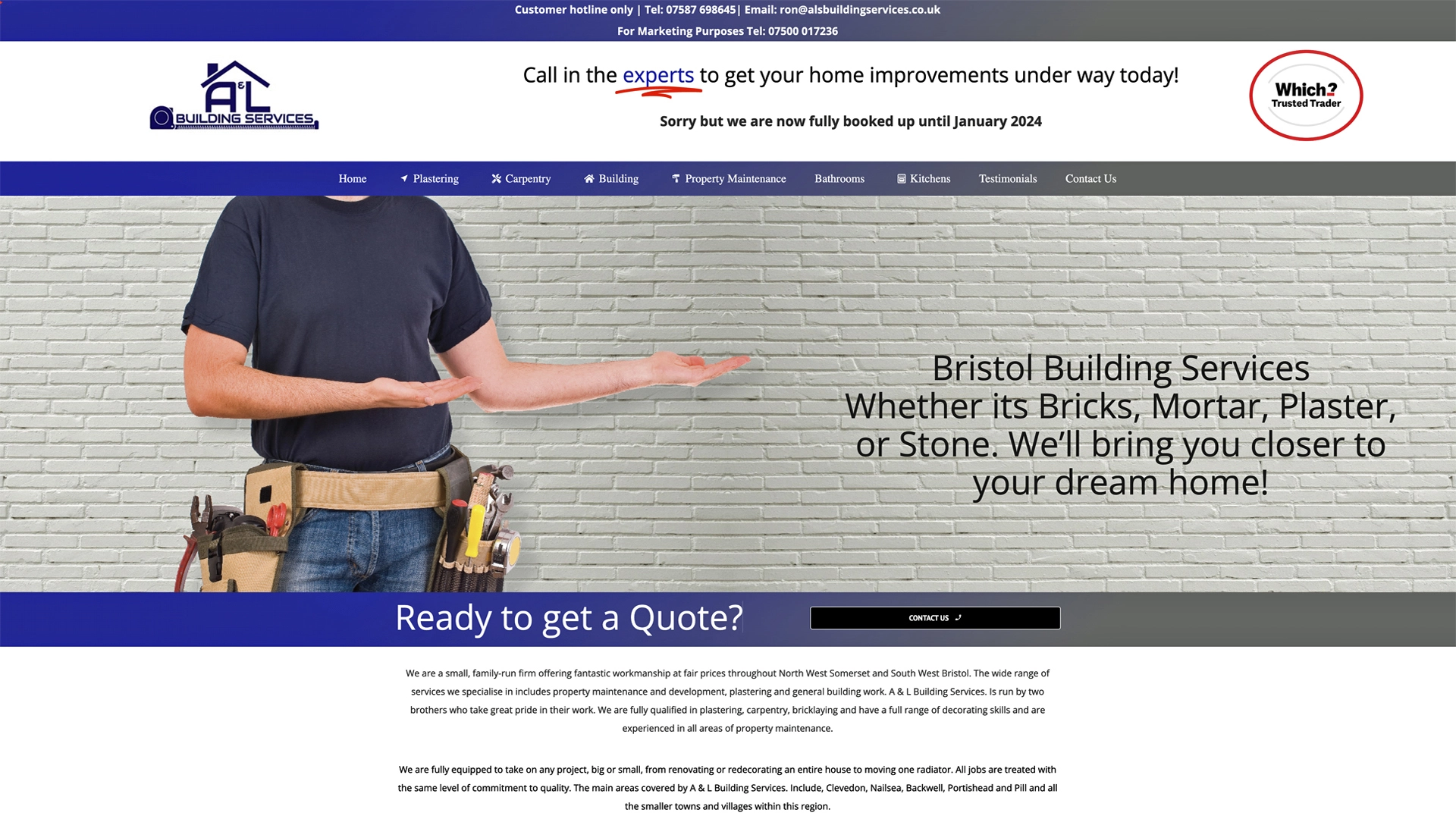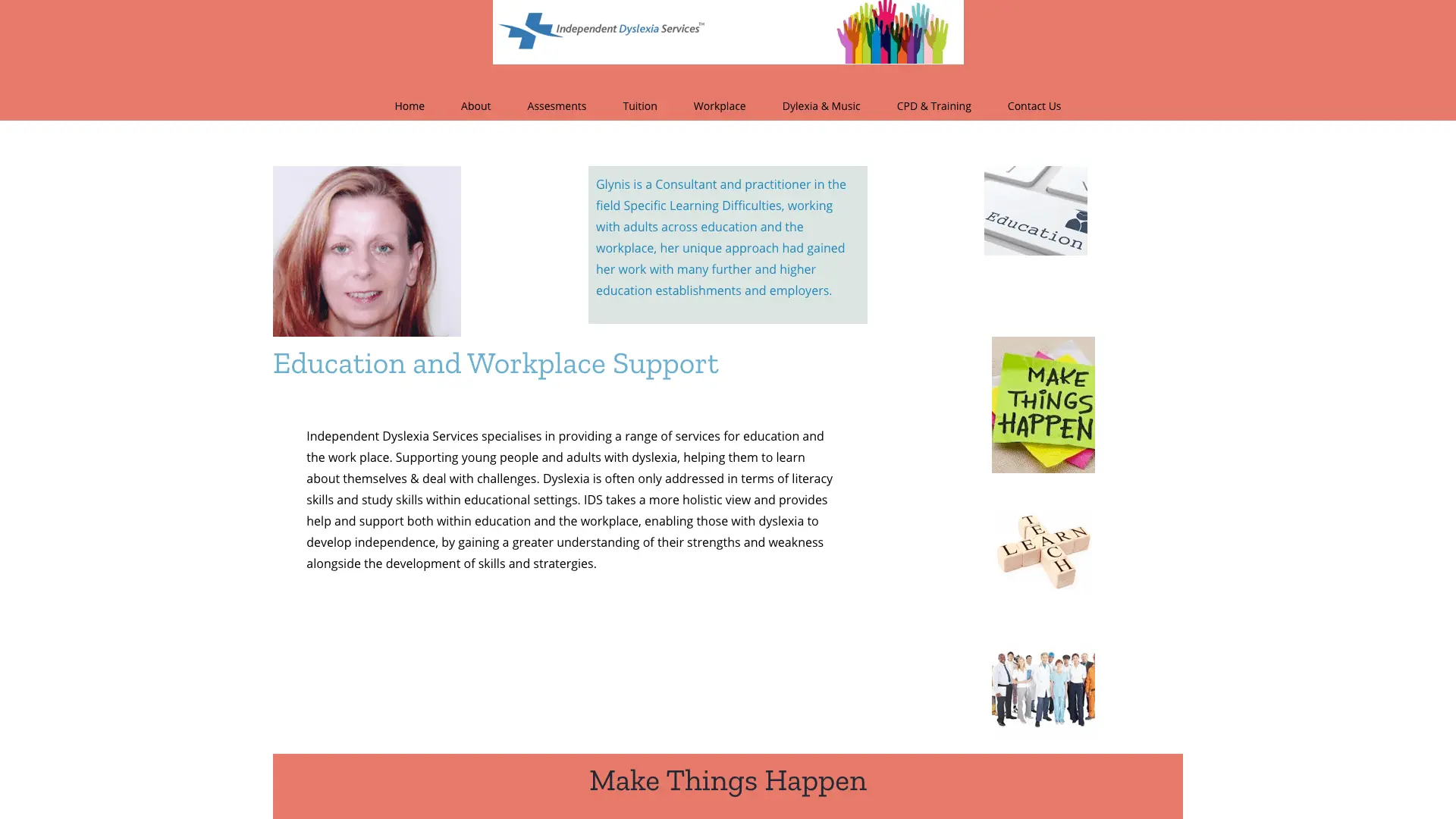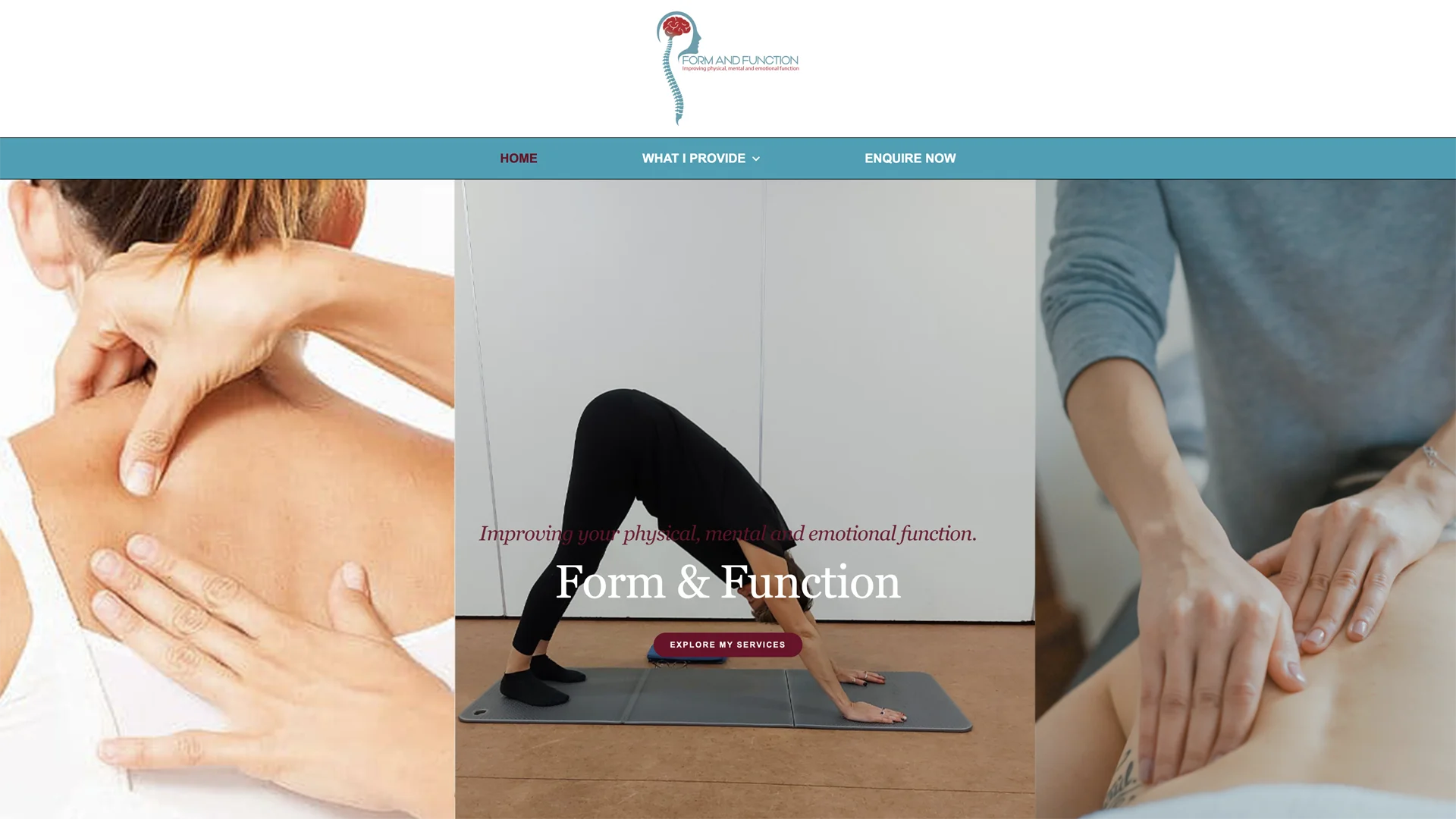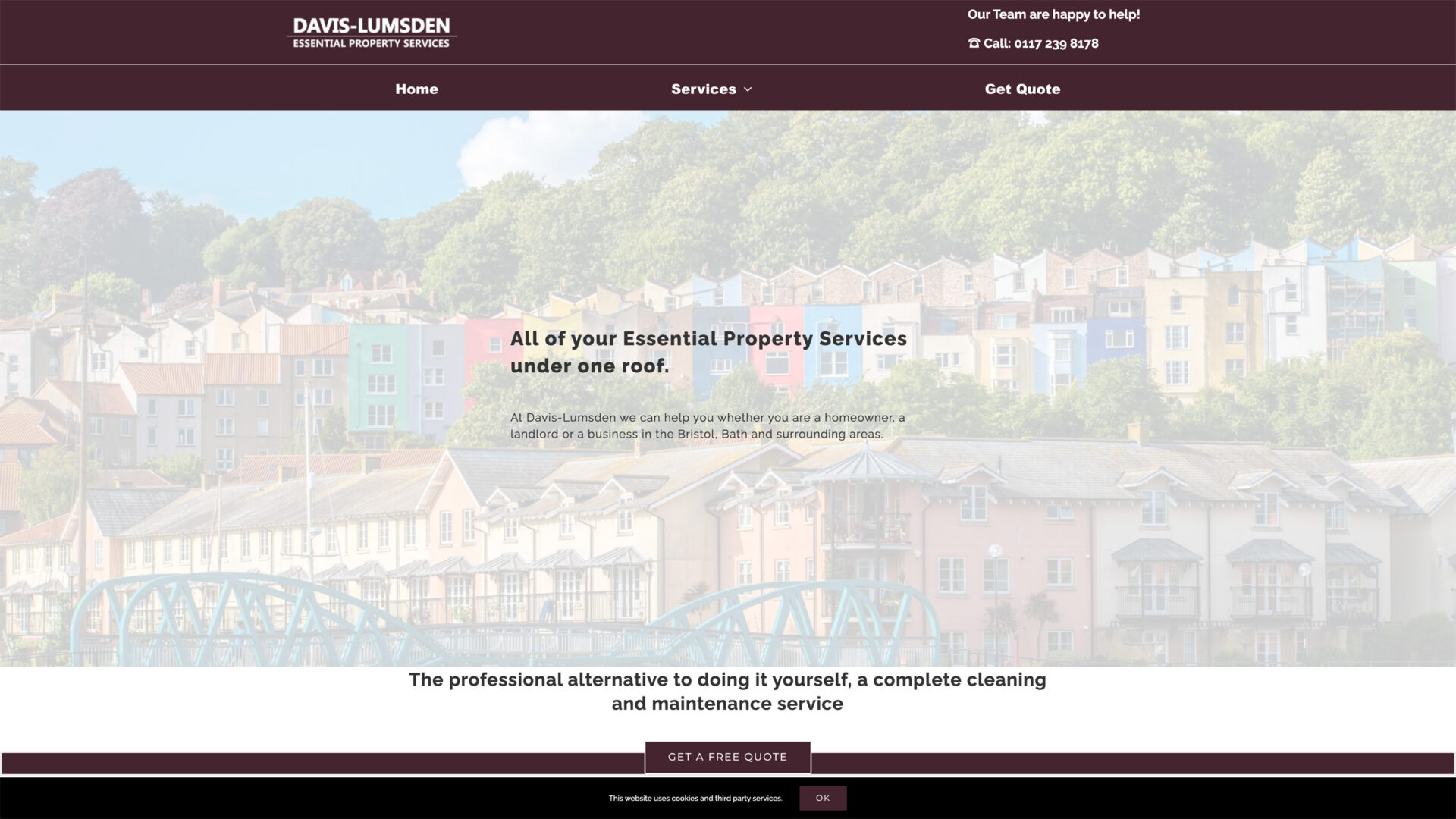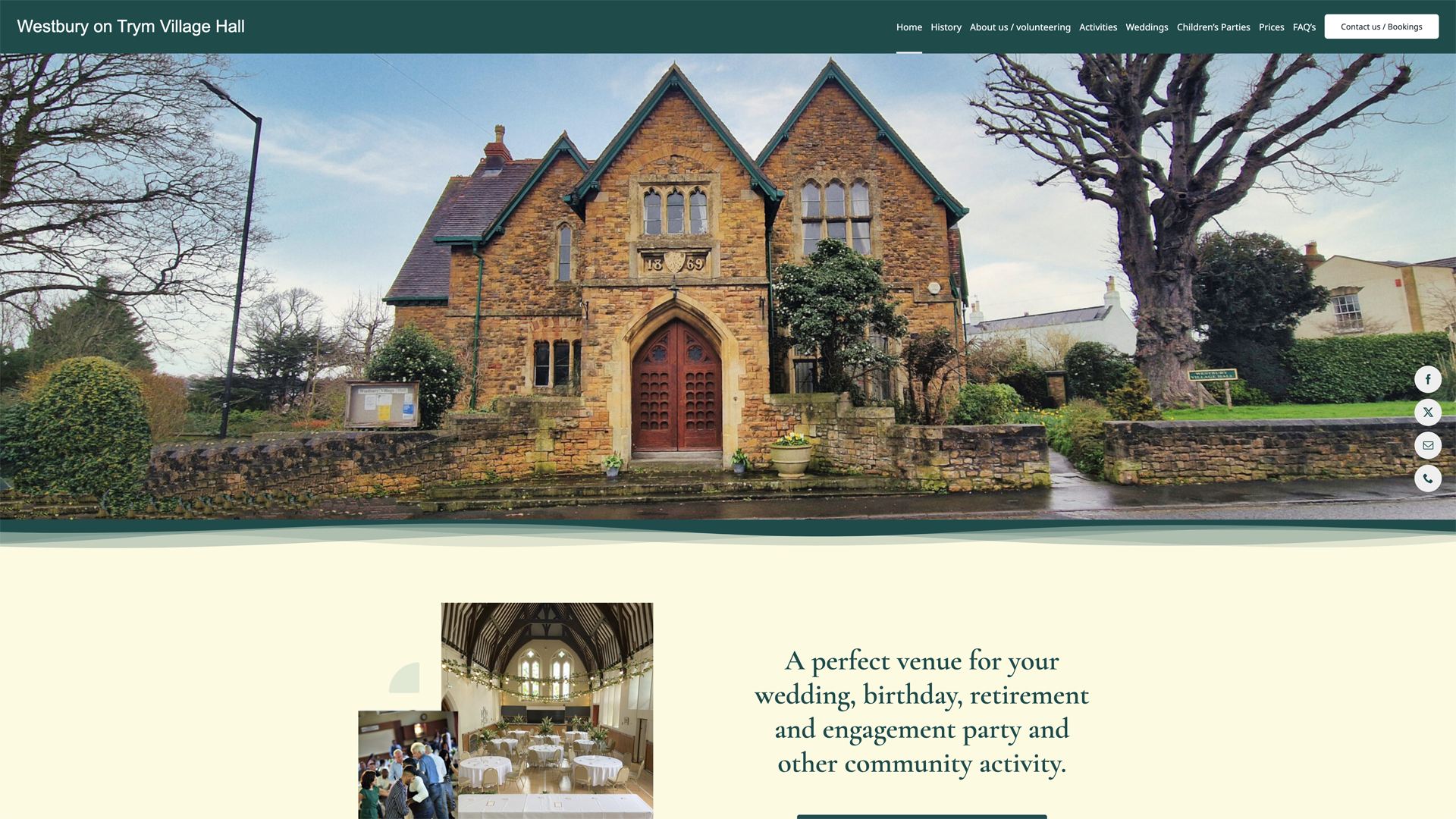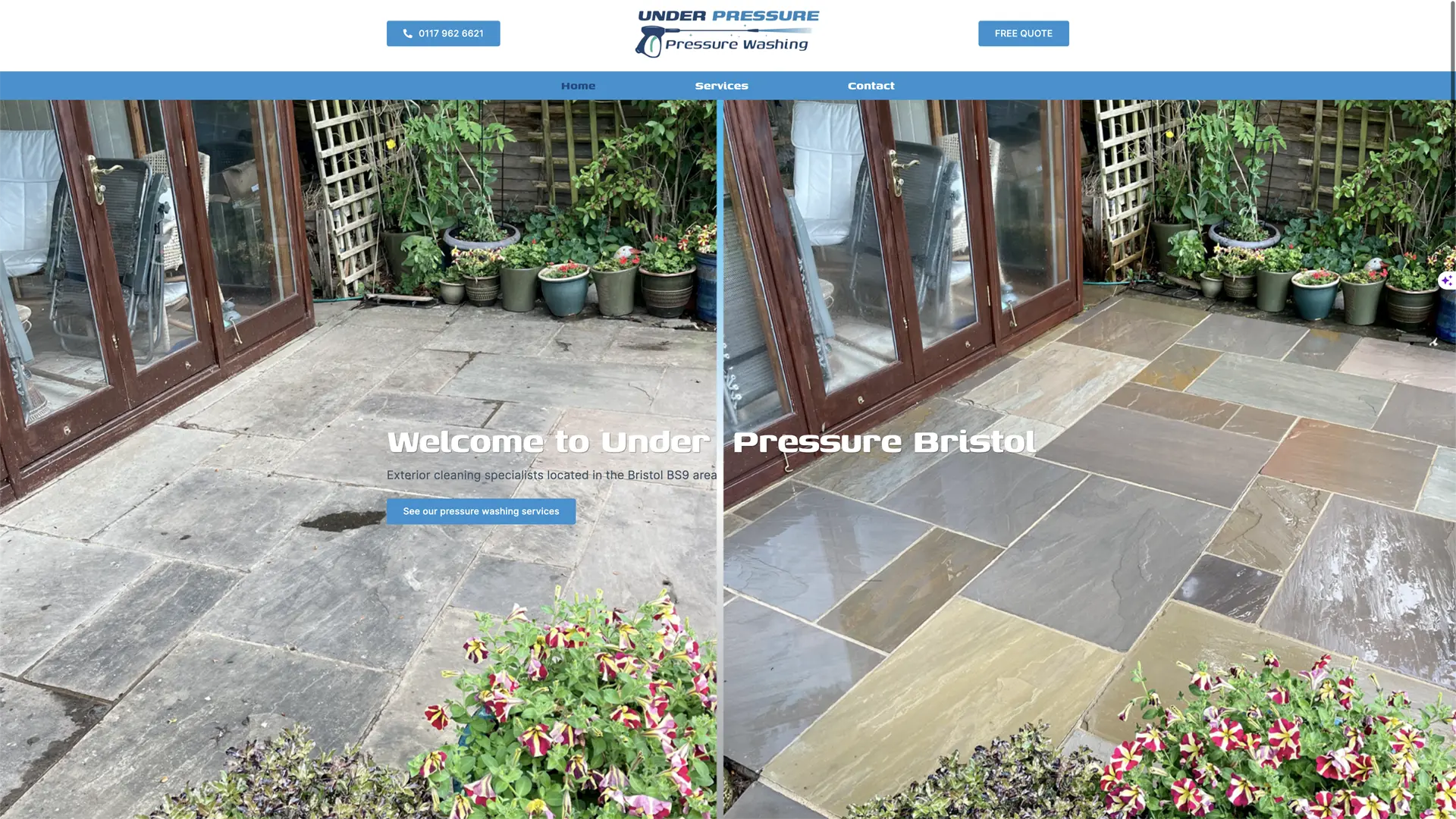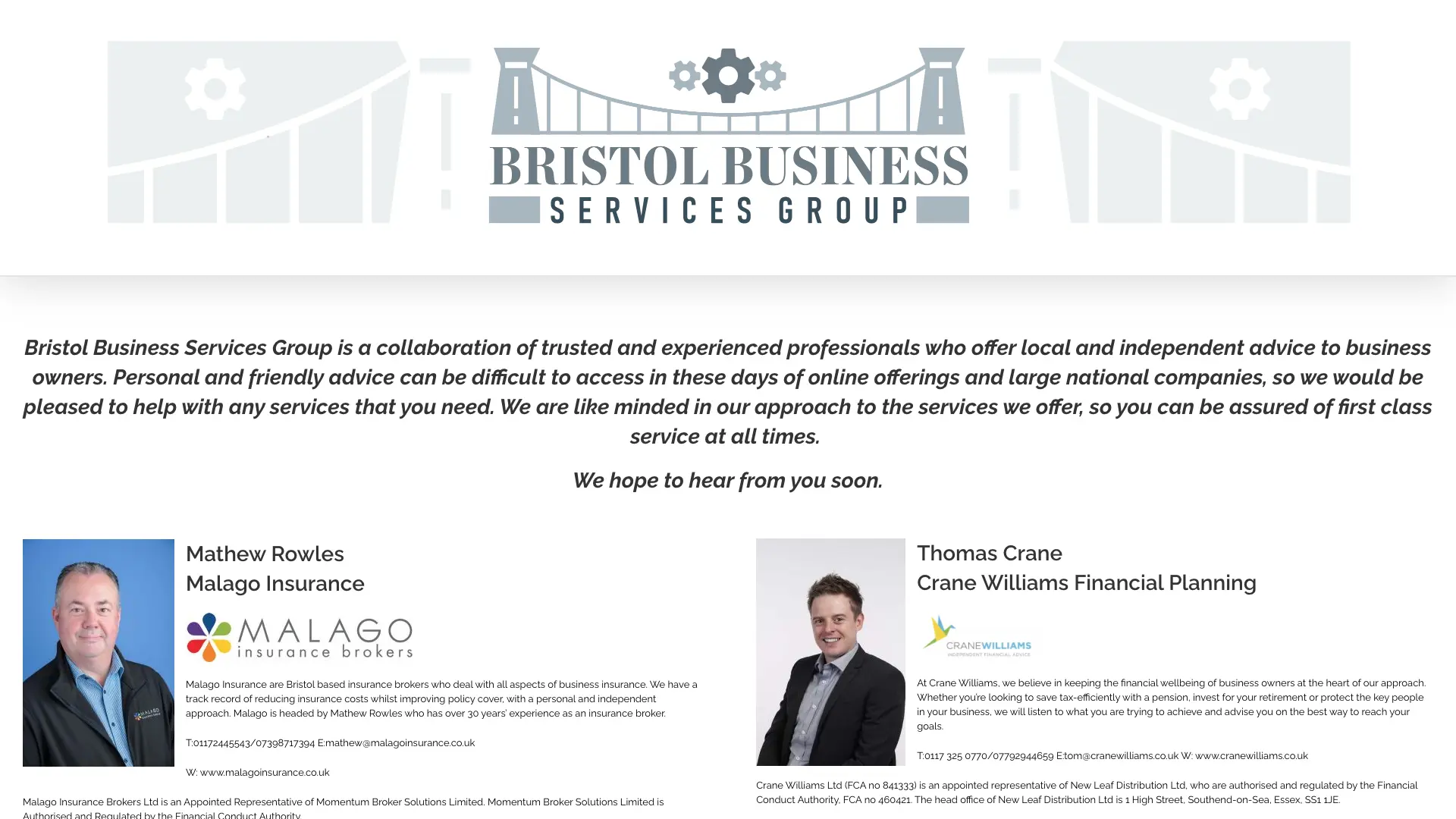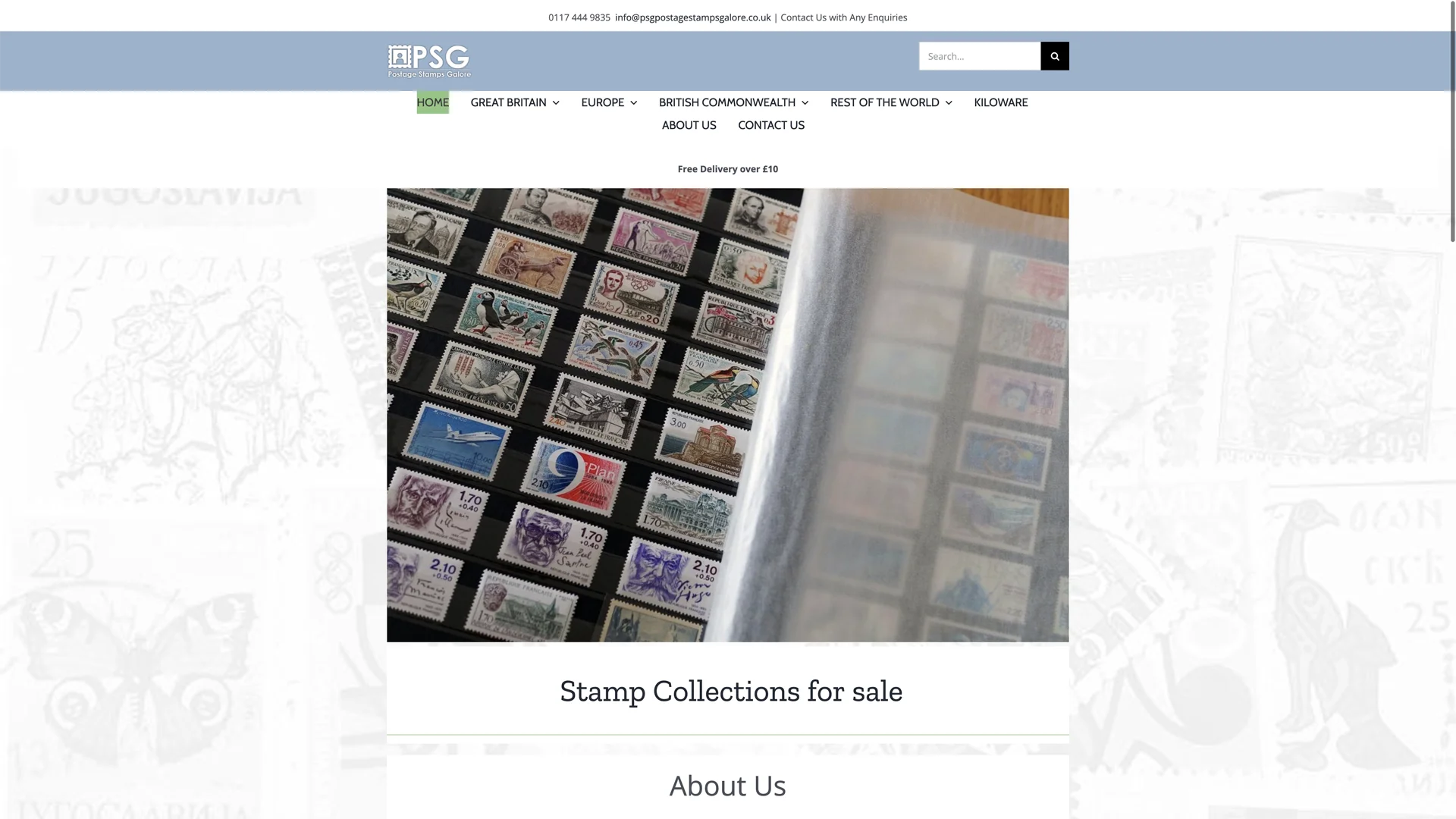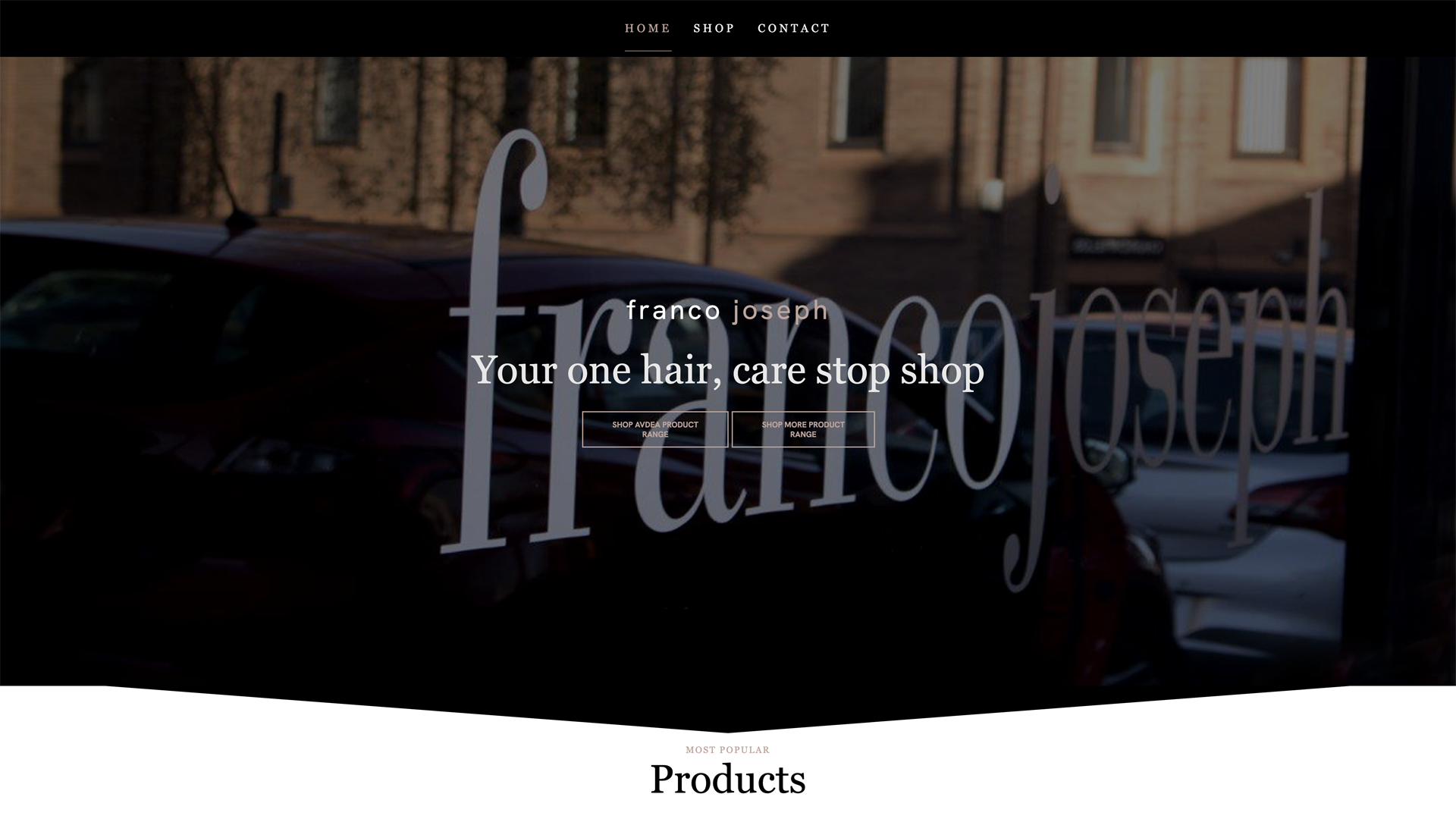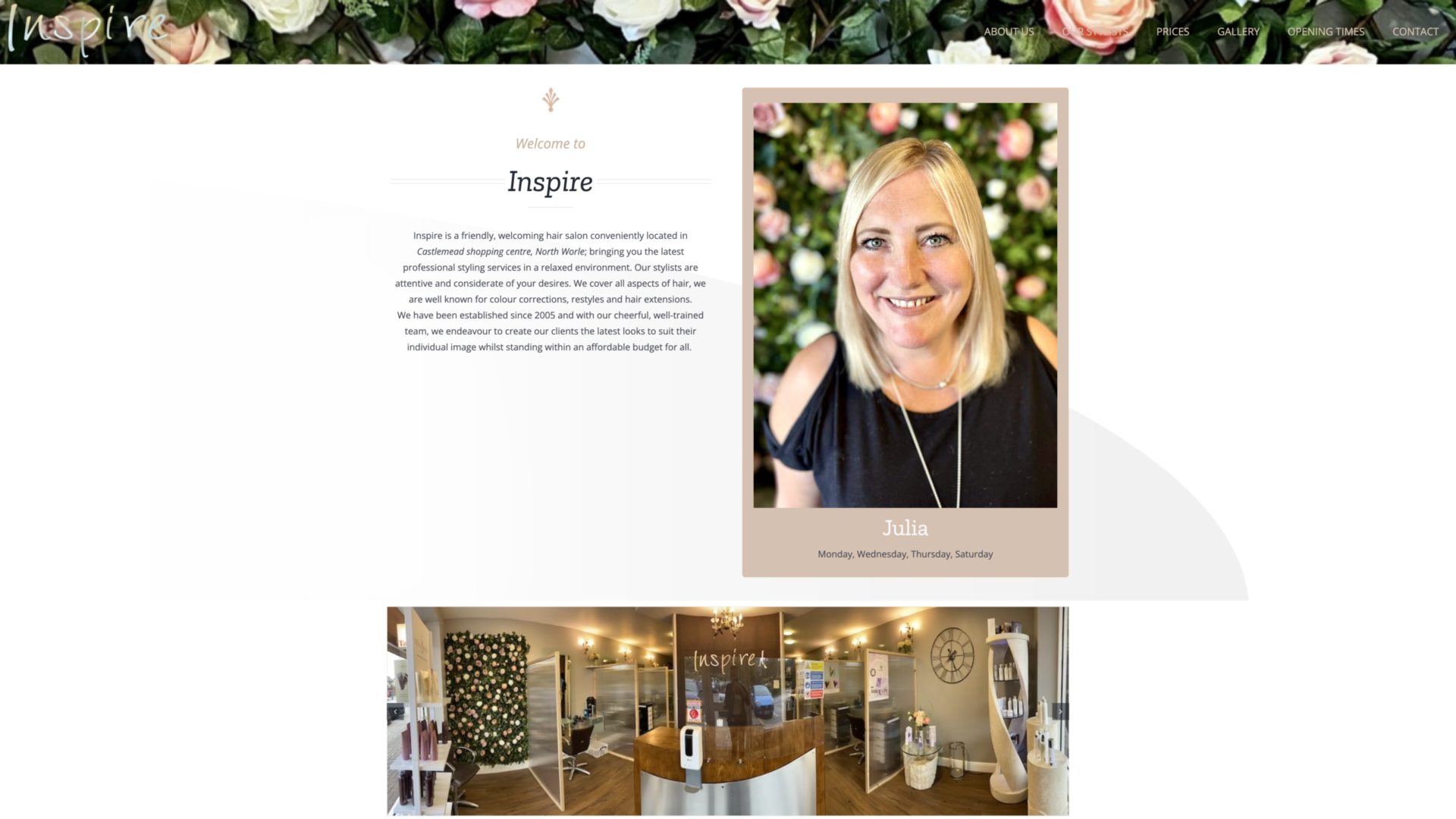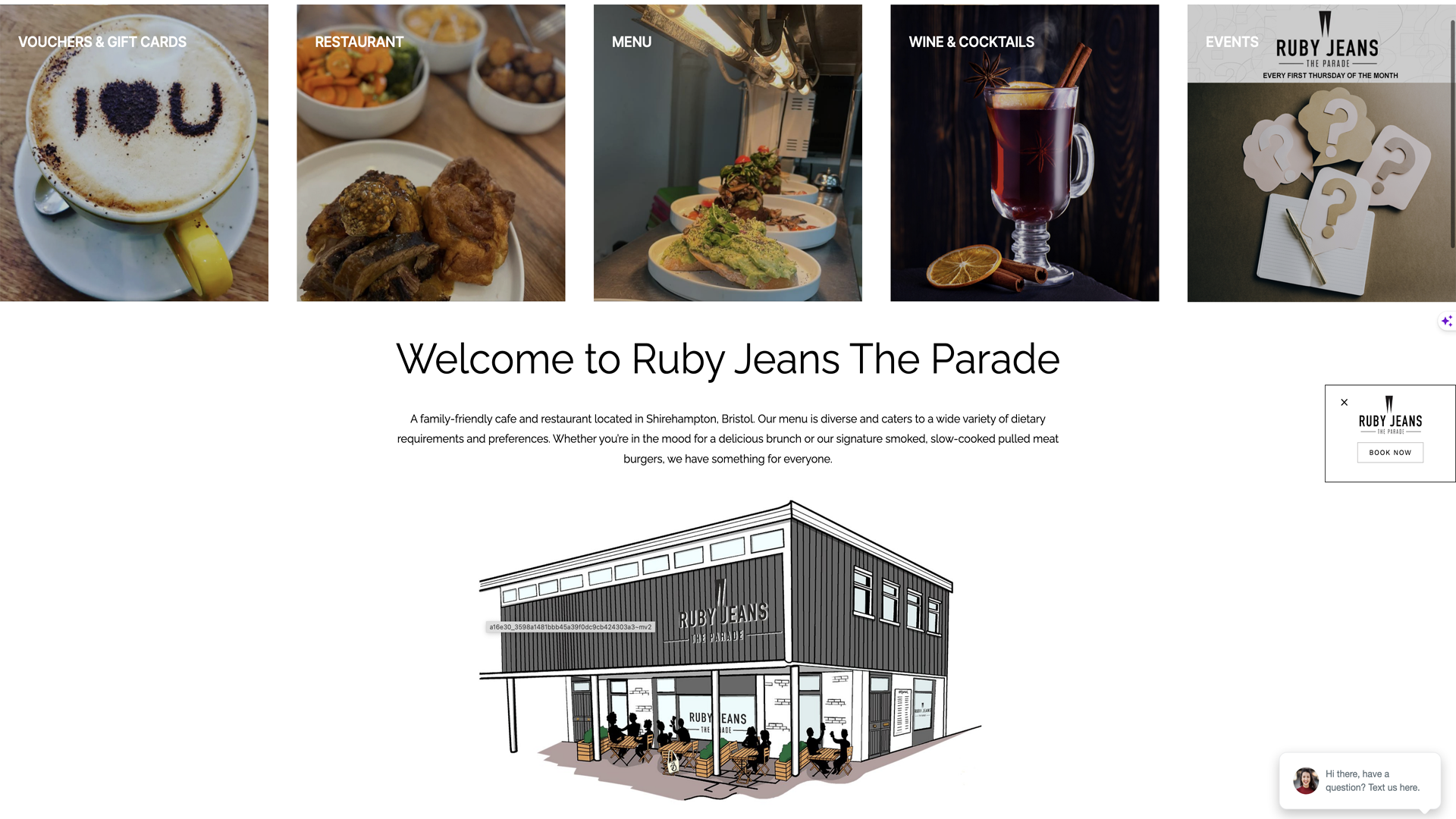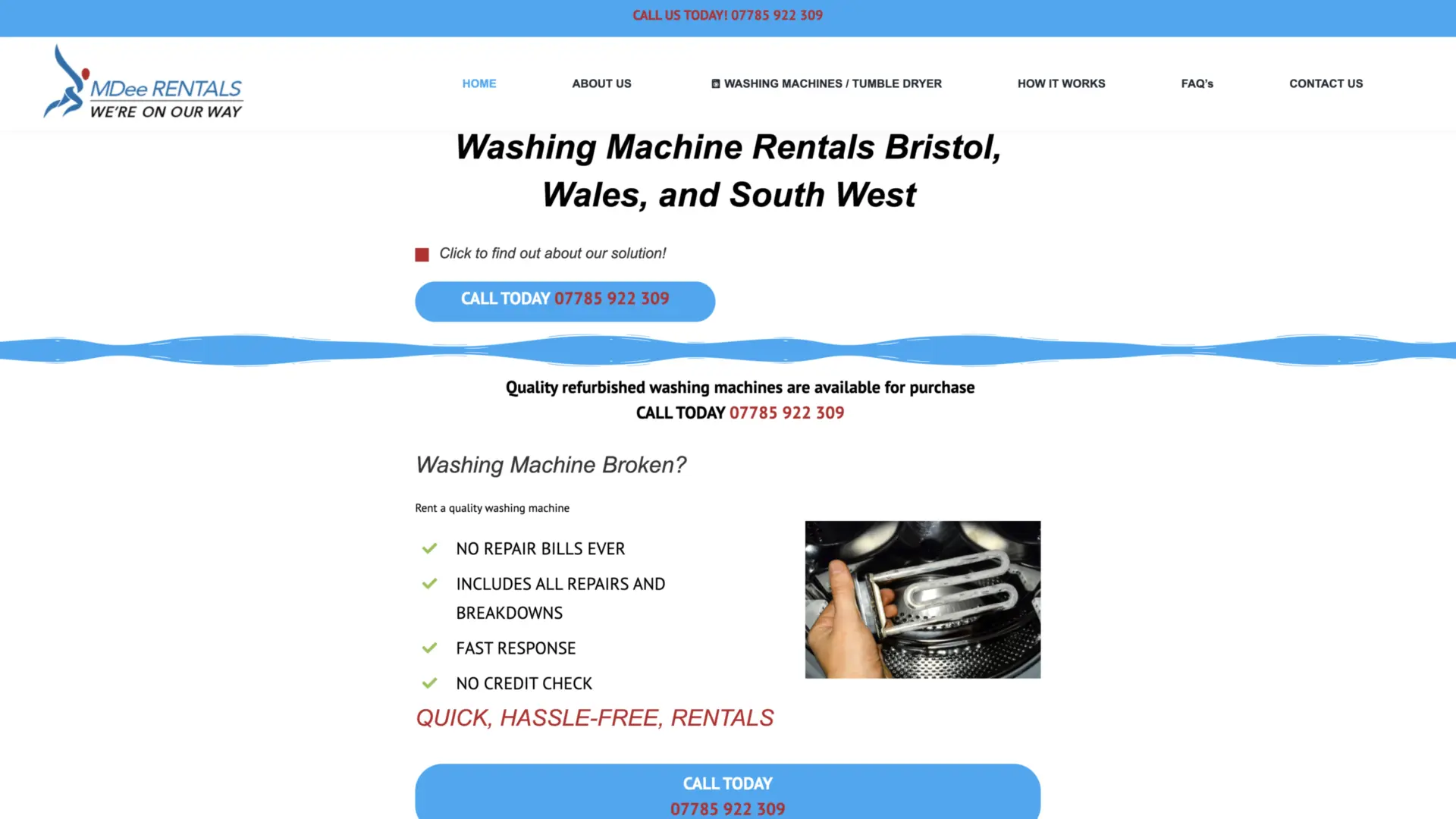Four helpful tips to consider when using images in your web design

Website image sizing is an essential aspect of designing a website and, ensuring its proper functioning. When images are too small, they fail to make an impact on potential clients who visit your website.
Incorrect image sizing can also pose difficulties during the website build process. If the images are in the wrong orientation with respect to the layout of the website, it can impede the web designer progress in achieving the desired aesthetic look.
To avoid such issues, it is crucial to collaborate closely with the person responsible for designing your website. By ensuring that the images are in the correct orientation, you can enhance the overall visual appeal of the site. For instance, landscape images work well for header images and illustrative content on various pages, while portrait images are better suited for blog posts focusing on individuals or products.
Another factor to consider when selecting images for your website is the quality of the image. It is important to remember that certain devices, such as old mobile phones with low-resolution cameras, may not capture images suitable for use on a professional website. Additionally, many clients tend to source images from social media platforms. However, these images are often downscaled for the platform or may not even be from the business you are building a website for, potentially resulting in copyright infringement.
To ensure the best impact and effectively convey your story, it is always advisable to consult your web designer regarding the appropriate types of images to use on your website. Through this collaboration, you can optimize image sizing, orientation, and quality, thereby creating a visually stunning website that effectively communicates your brand message to visitors.
4 helpful step for website images
1. Make sure your images are relevant
When designing a website, it is crucial to carefully select and provide relevant images that align with the content you are presenting. Images serve as a powerful tool to enhance the overall look and appeal of a website and assist in conveying the information or ideas being discussed. It is important to ensure that the images you choose are directly related to the topic on your website, including irrelevant images can create confusion and undermine the credibility of your web design. To illustrate this point, imagine writing a blog post about the perfect recipe for apple pie and including a photo of a delicious loaf of banana bread instead.

Banana bread trying to be resembled as an apple pie

An actual image of apple pie
This would not only be misleading but also distract your readers from the intended topic. Consequently, it is essential to think about the expectations of your target audience and carefully consider what visuals they would anticipate seeing on your website. By using relevant and meaningful images, you can effectively engage your audience and enhance the overall user experience.
2. Use original images
When it comes to creating a significant impact on your website, one of the most effective strategies is to utilize original images. Authentic and unique visuals can add a layer of trust to your website.
However, it is important to note that this does not mean you should completely disregard the use of stock photos. Stock photos can certainly serve a purpose by enhancing the overall look and feel of your website. Nonetheless, incorporating original images into your content provides your audience with a far better understanding of your business and services.
Original photos are a fantastic way to showcase various aspects of your business online, such as your physical location, products, and staff members. By doing so, you give your audience a glimpse into the inner workings of your company, allowing them to visualize and comprehend your business.
This is particularly crucial when it comes to using photos of people. Many individuals in your target audience can easily pinpoint stock photos of people, which can create a sense of disconnection. Instead, by implementing original photos of real individuals that are associated with your business, you can capture a sense of authenticity.
Original photos of people who actually engage with and enjoy your products or services can give potential customers a more relatable representation. It showcases real people who genuinely appreciate what your business offers, and this visual representation can significantly influence their perception and overall interest in your brand and buy in to your products.
3. Think about cropping and rescaling
When selecting a photo to put on your webpage, it is crucial to consider how it will crop. This becomes particularly important for photos that are intended to be headers or prominently displayed on your website. Since different screens have varying dimensions, some images may need to be cropped to fit correctly. For instance, an image that appears full-sized on a desktop might need to be halved in size for optimal display on a mobile device. Ensuring that your image crops nicely is vital so that all users can have the same experience when viewing the photo on your website.
Crop and scale considerations are also important. Sometimes, an image may be too large to be placed directly on your website page, requiring you to resize it to maintain its visual appeal. Additionally, integrated images within your website might need to be cropped to fit the layout properly.
Resolution is another factor to pay attention to, especially when rescaling photos. While cropping a photo may not affect its resolution significantly, it is essential to keep it in mind when making size adjustments. For computer displays, the standard resolution is typically 72 dots per inch (dpi). This refers to the density of dots in the photo you upload. When aiming for high-quality image display on a computer, using a resolution of 72 dpi is recommended.
You need to make sure that your image will still look clear and sharp after you scale it. It’s best to avoid posting blurry or distorted photos.
4. Optimize your websites images
Local web development companies have the advantage of being familiar with your geographical area. They understand what strategies and design elements have made other businesses near you successful online and can leverage that knowledge to capture the essence of your business in a way that resonates with your local community. This expertise can greatly contribute to the overall success of your website and help you establish a strong online presence within your community.
Ready to get started with your new website? Call us today to discuss your needs
If you’re in search of a web design company with over 30 years of graphic design experience and the necessary tools to create a fully functional website, look no further. Contact us today to get started on building a website that will showcase your business and attract customers.










